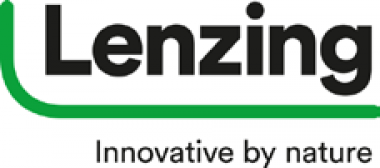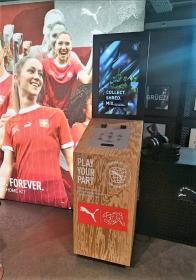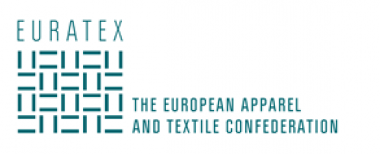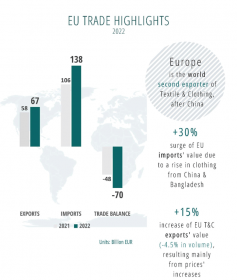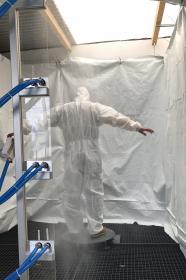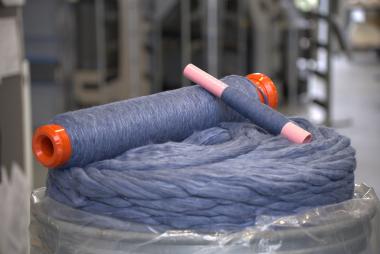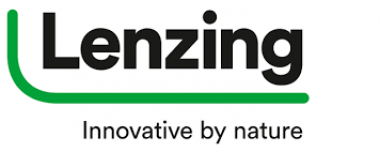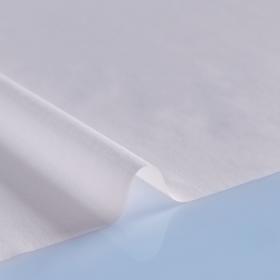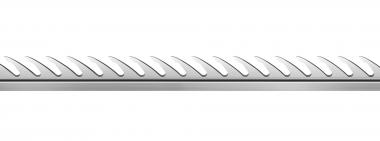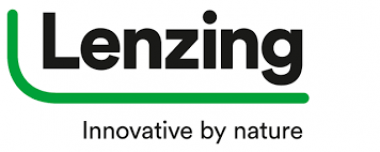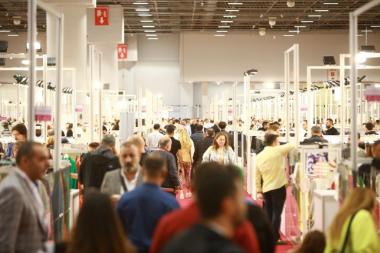Devan’s R-vital NTL with high durability
Devan, part of Pulcra Chemicals, has announced its R-Vital NTL technology.
R-Vital NTL enables textile manufacturers to boost textiles with a versatile range of micro-encapsulated active ingredients. This functional finish provides added value for textiles and allows manufacturers to create products that differentiate them from competitors. Furthermore, the bio-based and biodegradable well-being technology achieves a durability of 50 washes.
The main concept behind micro-encapsulation is that active ingredients, present on textiles, are gradually released on the skin. When using the textiles or while wearing the clothing, the microcapsules burst by friction and release their assets. Since not all capsules break at the same time, a continuous and gradual release of the actives is obtained.
The natural range comprises five distinct products, each with specific attributes:
- Aloe vera: Known for its skin-smoothing and softening properties.
- Avocado seed oil: Known for its skin-moisturizing capabilities.
- CBD: Known for its relaxation properties.
- Multivitamin: A blend of provitamin D, vitamins C and E, and ginger.
- Vitamin E: Known to offer protection against free radicals and premature aging
Devan Chemicals NV








